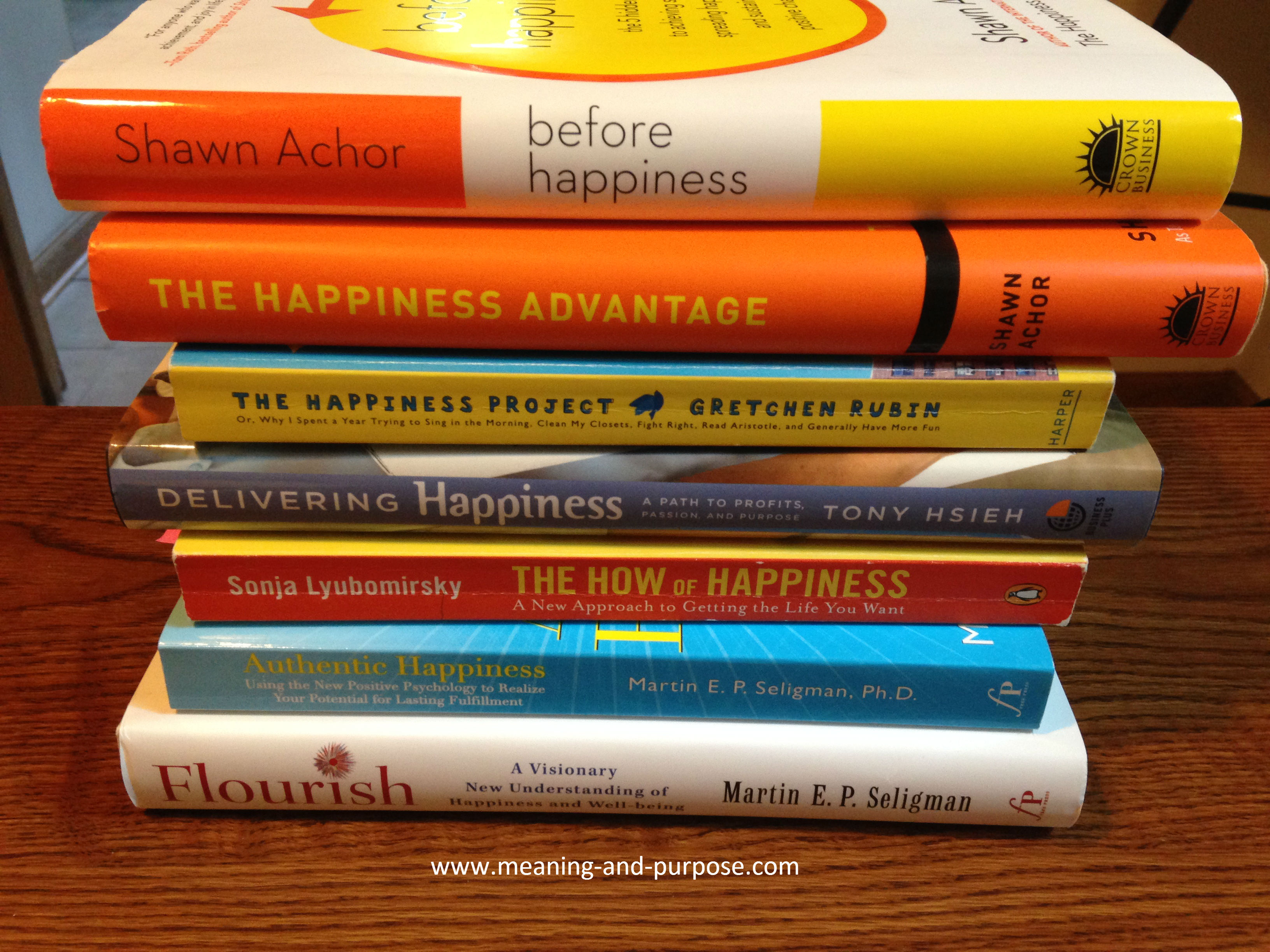
This article was originally published by the Des Moines Business Record.
I recently had lunch with a friend who never ceases to amaze me. She’s an inspiring leader, a caring mom, a savvy professional and an excellent athlete. She’s also one of the happiest people I know. I always leave our get-togethers feeling better than when I arrived.
Her life isn’t perfect. She faces overwhelming responsibilities at work, worries about her aging parents, and is navigating some tough issues with her teenagers. She also deals with an uncertain health diagnosis that often saps her energy, bringing in its place pain and fatigue.
And still, she’s one of the happiest people I know.
Contrary to what some skeptics would have you believe, happiness isn’t about ignoring pain or pasting an inauthentic smile on your face no matter what. You can experience the full range of life’s emotions – including grief, fear, and sadness – and still live a happy existence. As a recent article in the Harvard Business Review suggested, happiness is more about building your mental and emotional strength than about maintaining a constant state of rah-rah.
And why does happiness matter, really? When I first began my business, I wondered how to educate employers that happiness at work isn’t just a nice-to-do; it’s a critical component for success. Fortunately, research now abounds in this field (see my column last month, for example) and brings with it personal and workplace benefits: higher engagement and productivity, lower turnover, greater morale. In all, a healthier bottom line along with a healthier workforce. Check out the work of Martin Seligman, Sonja Lyubomirsky, and Shawn Achor for starters, as well as the real-world application shared in Tony Hsieh’sDelivering Happiness and Gretchen Rubin’s The Happiness Project.
So the big question: How can we elevate happiness in work, leadership, and life? Here are 5 evidence-based principles to kickstart happiness:
- Express gratitude. Several of my executive coaching clients keep a gratitude journal, jotting down three things they’re grateful for each day. This simple strategy not only encourages recognition of the small joys, it shifts your mindset to focus on the positive.
- Commit to meaningful goals. “Find a happy person and you will find a project,” writes happiness researcher Sonja Lyubomirsky. Striving towards goals engages our strengths, feeds our sense of optimism, and provides a sense of purposeful challenge.
- Connect with others. In addition to cultivating relationships, practice random acts of kindness, too. Give some thought to how you might do this with your coworkers, clients, and others with whom you work – so fun!
- Get into flow. What activities grip you so much, you lose track of time? However possible, weight your day in favor of your strengths, and help your employees do the same.
- Practice mindful presence. Over 40 years ago, Ram Dass titled his popular book “Be Here Now” – and that advice has only become more necessary over time. Rather than constantly thinking about what’s next (or what you’re missing), savor the moment.
Choose one of these practices to implement daily over the next three weeks. Jot down a few notes about how you believe the practice might benefit you; you may wish to also record how you engaged your practice each day. Then, three weeks from now, review what changed for you. You may be surprised how quickly these happiness practices can impact you and those around you!
What’s your favorite happiness booster? Share your ideas below.
Dr. Christi Hegstad coaches leaders and executives to succeed in meaningful work, and to help their employees do the same! Learn more at www.meaning-and-purpose.com, on Facebook at www.facebook.com/MAPIncFan, and via Twitter at www.twitter.com/DrChristiCoach.





